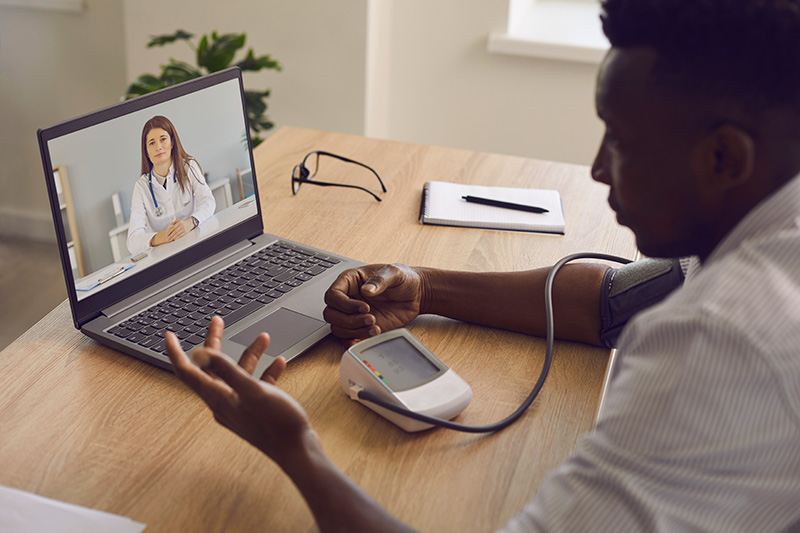Team studies data on shared decision-making to inform hypertension care
In a clinical context, shared decision-making (SDM) refers to collaboration between patient and provider to make effective health care choices. The idea is that patients lead decisions about their care, informed by engaged clinicians who make sure they have clear, evidence-based information about options, risks, and benefits and urge patients to share their perspectives, preferences, and goals. SDM has contributed to better health outcomes for people with some chronic diseases. For example, some research shows that SDM leads to improved blood pressure control for people with high blood pressure (hypertension). To support the growing use of SDM in hypertension care, researchers from the CEAL Washington, D.C., Maryland, and Virginia Regional Team (CEAL DMV) set out to learn more about the people who most commonly use it.
The researchers surveyed more than 4,100 participants receiving care in a Maryland health system, all of whom had been diagnosed with hypertension. In addition to asking about demographic and social factors, such as age, sex, education, and income level, the survey also asked health questions. These included questions about the use of telemedicine, dietary practices and lifestyle choices, and behaviors to take care of issues related to hypertension. The survey also probed how much the participants felt their providers helped them understand their health issue, listened to their concerns, and weighed their preferences in making a treatment plan.
“Evidence suggests that SDM has the potential to improve health care delivery, reduce unnecessary treatments and decisional conflicts, enhance health outcomes, and decrease health care expenditures.” Journal of the American Heart Association, August 2025
The survey results showed some clear links between sociodemographic factors and participation in SDM. For example, people with poor hypertension self-care and those with an older diagnosis had lower SDM scores. In contrast, men and people younger than 65 were more likely to engage in SDM. So were people who’d had a telemedicine appointment in recent years. Telehealth may offer promising opportunities to foster participation in SDM.
Findings like this can offer valuable insights to providers who are looking to tailor hypertension management strategies. Understanding who engages in SDM — and how —may be a stepping stone to offering better, more tailored care to improve the health of those with hypertension.

Last updated: October 21, 2025